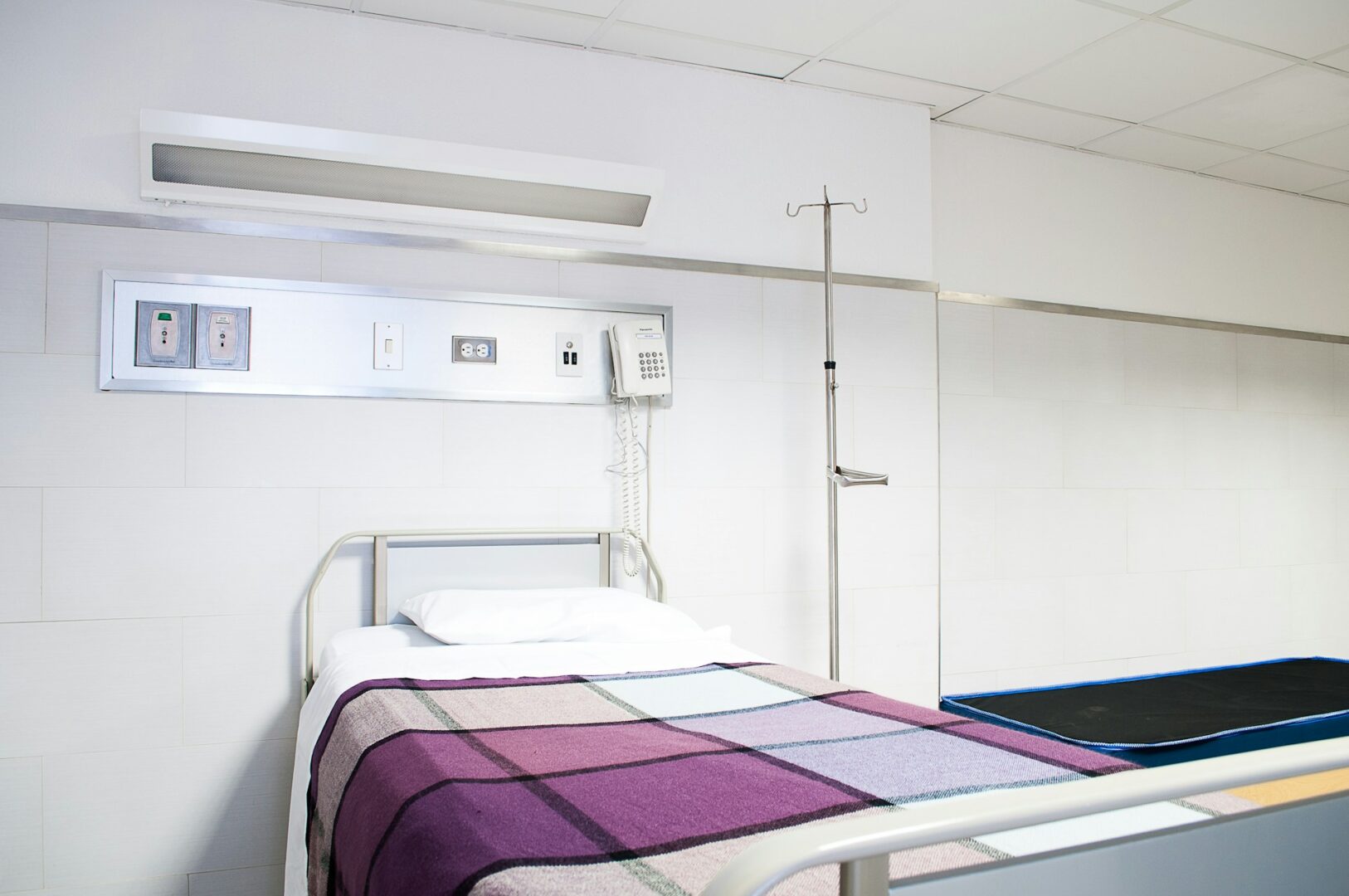Nasal Blockage Rhinoplasty
Nasal Blockage
Rhinoplasty is a form of plastic surgery that can correct problems affecting the nose. Although it is often carried out as a cosmetic procedure, it can also help to improve the function of the nose. Nasal blockage rhinoplasty is used to open up the airways in order to treat breathing problems. The procedure may be recommended by an ENT specialist in London if there are issues such as narrow nasal valves that can be corrected surgically. However, surgery isn’t able to help in every case. It is important to discuss the treatment options with an experienced ENT doctor in order to determine the right course of action.

Why is it Performed?
Nasal blockage rhinoplasty may be recommended by an ENT specialist in order to remove certain kinds of obstructions from the airways. The most common reason for having this type of surgery is that the nasal valves are too narrow. The valves may be naturally narrow, but they can also grow narrower if the cartilage weakens with age. Other obstructions in the nasal passages can also be removed during a functional rhinoplasty. Opening up the nasal passages should help to improve the breathing and can help to reduce snoring. It can also help to prevent recurring sinus problems and infections, nosebleeds, sleep problems and other symptoms of chronic nasal obstruction.
The nasal blockage rhinoplasty may also be combined with septoplasty to correct a deviated septum. Another alternative that may help with blocked airways is turbinate reduction, which targets specific parts of the nose that can cause blockages. A specialist at the ENT clinic in London can perform an assessment to determine which form of surgery is the most appropriate treatment for breathing problems. The treatment approach will be tailored to the patient’s individual needs in order to achieve the best possible results.

The Procedure
The exact procedure used during a nasal blockage rhinoplasty will depend on how the nasal passages are blocked. Different techniques can be employed by the ENT specialist to tackle different kinds of obstructions in the nose. It will also be essential for the doctor to consider the aesthetic impact of any changes made to the structure of the nose in order to achieve the best results.
In some cases, the ENT surgeon may need to remove bone or cartilage from the nose in order to open up the airways. However, the most common technique used during functional rhinoplasty is using grafts of cartilage or bone taken from other parts of the nose or body to strengthen and open up the airways. The treatment will be personalised to match the individual needs of the patient and explained in detail by the ENT doctor before the operation.

Risks and Recovery
Recovering from a nasal blockage rhinoplasty will take several weeks, during which time there will be visible bruising and swelling. Most patients will take about two weeks off work in order to rest and recover. Once the swelling has gone down, the improvements in the airways should become noticeable. In most cases, functional rhinoplasty will produce an improvement in breathing and any symptoms relating to nasal obstruction. However there is a chance that the procedure may not be able to achieve the desired results. Rhinoplasty also carries a small risk of damage to the nasal cartilage, allergic reactions to the anaesthetic, infection and other complications. The ENT specialist will explain the potential risks and side effects in detail during the initial consultation to discuss the procedure.
Nasal blockage rhinoplasty could be a good choice if you are affected by chronic nasal obstruction. Make an appointment at the Harley Street ENT Clinic to discuss the treatment options with an experienced specialist.
The private health insurances we work with
Harley Street ENT is recognised by a wide range of leading UK and international private health insurers, ensuring easy access to our care for patients with approved cover.

Need help and advice? Speak to an advisor
To discuss your needs in confidence or arrange a consultation, please contact our advisory team, who will be happy to assist you.







